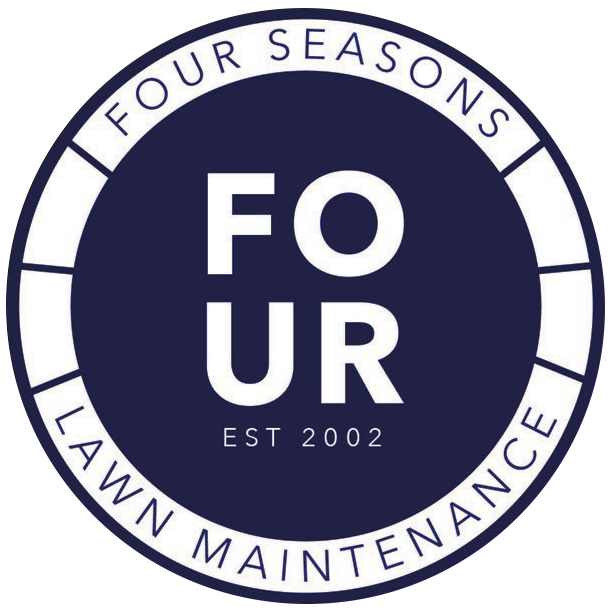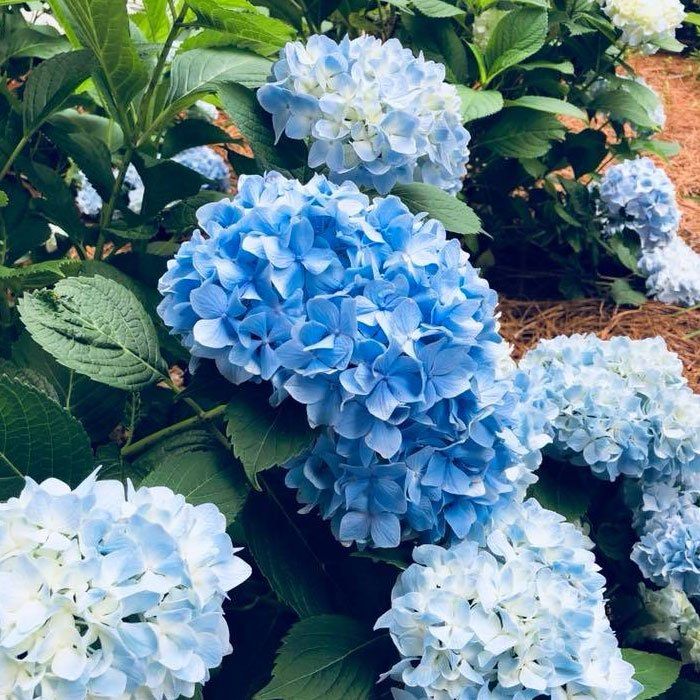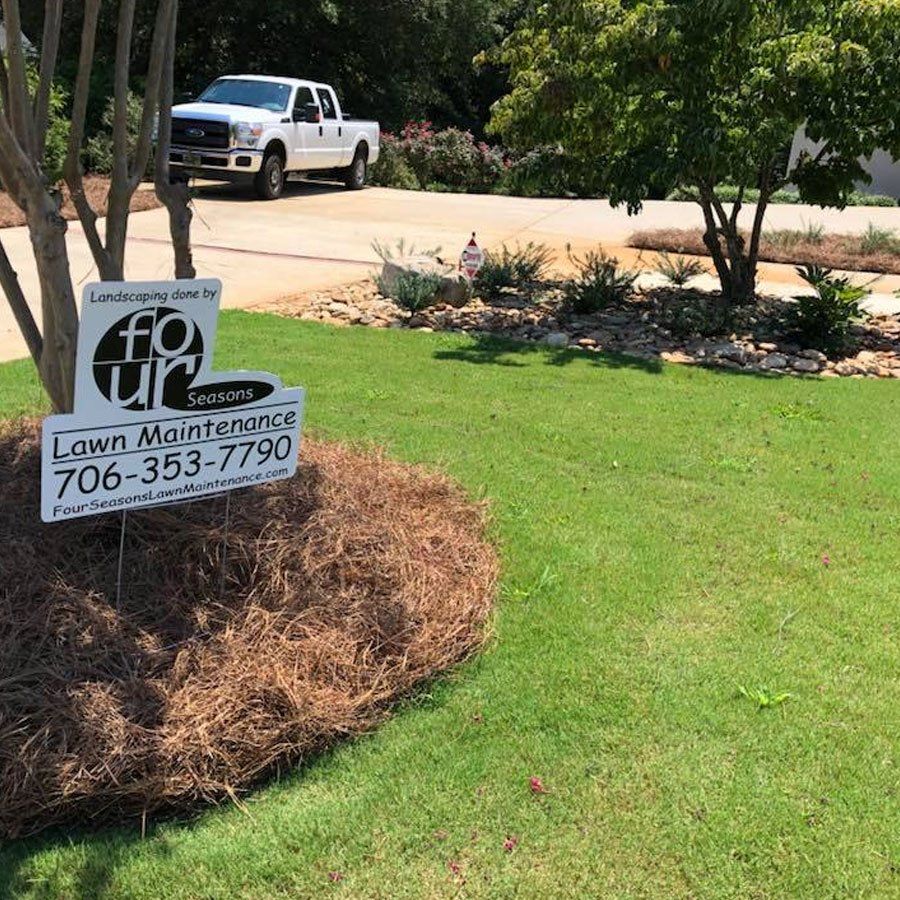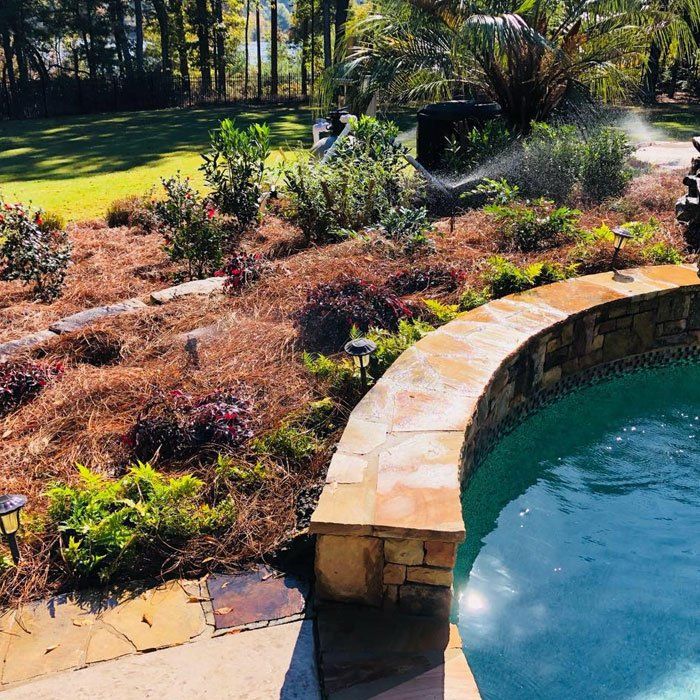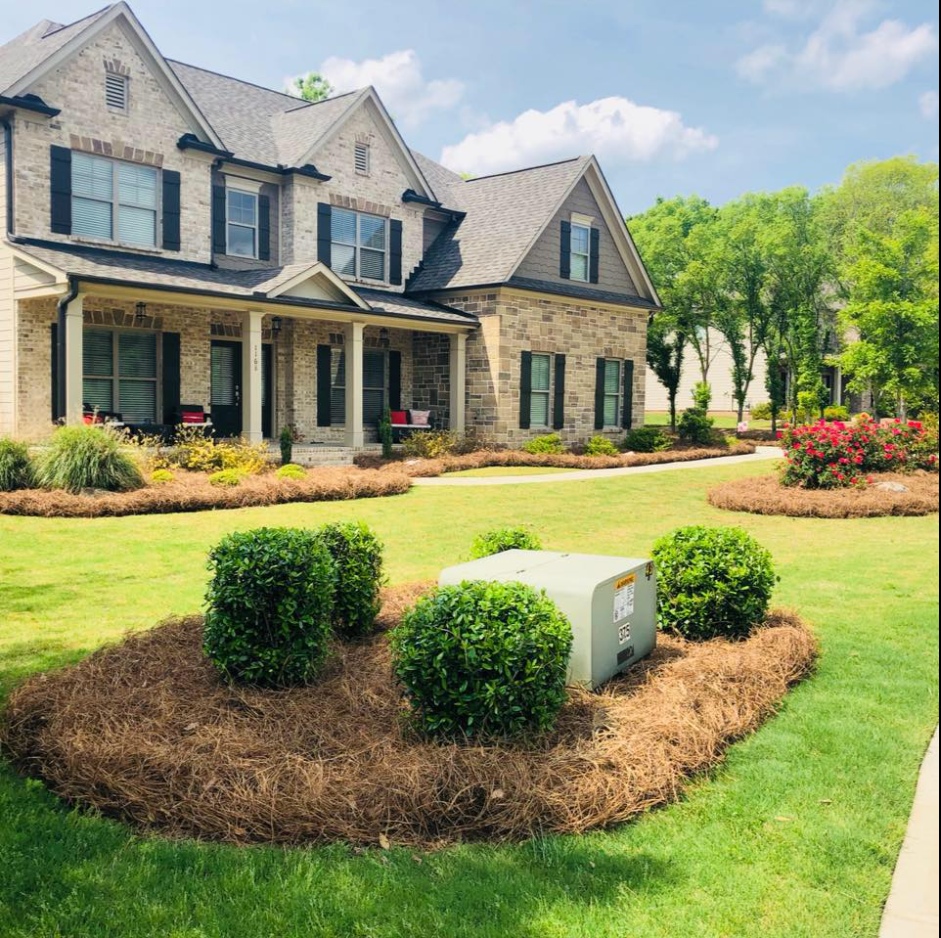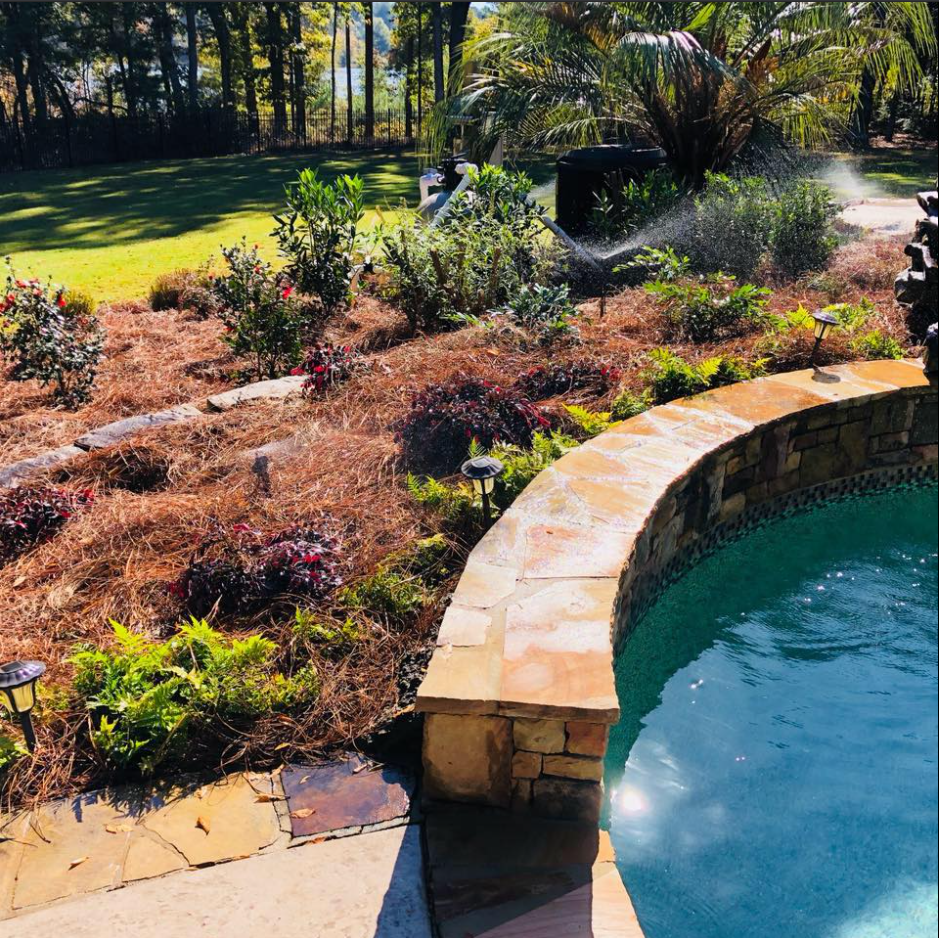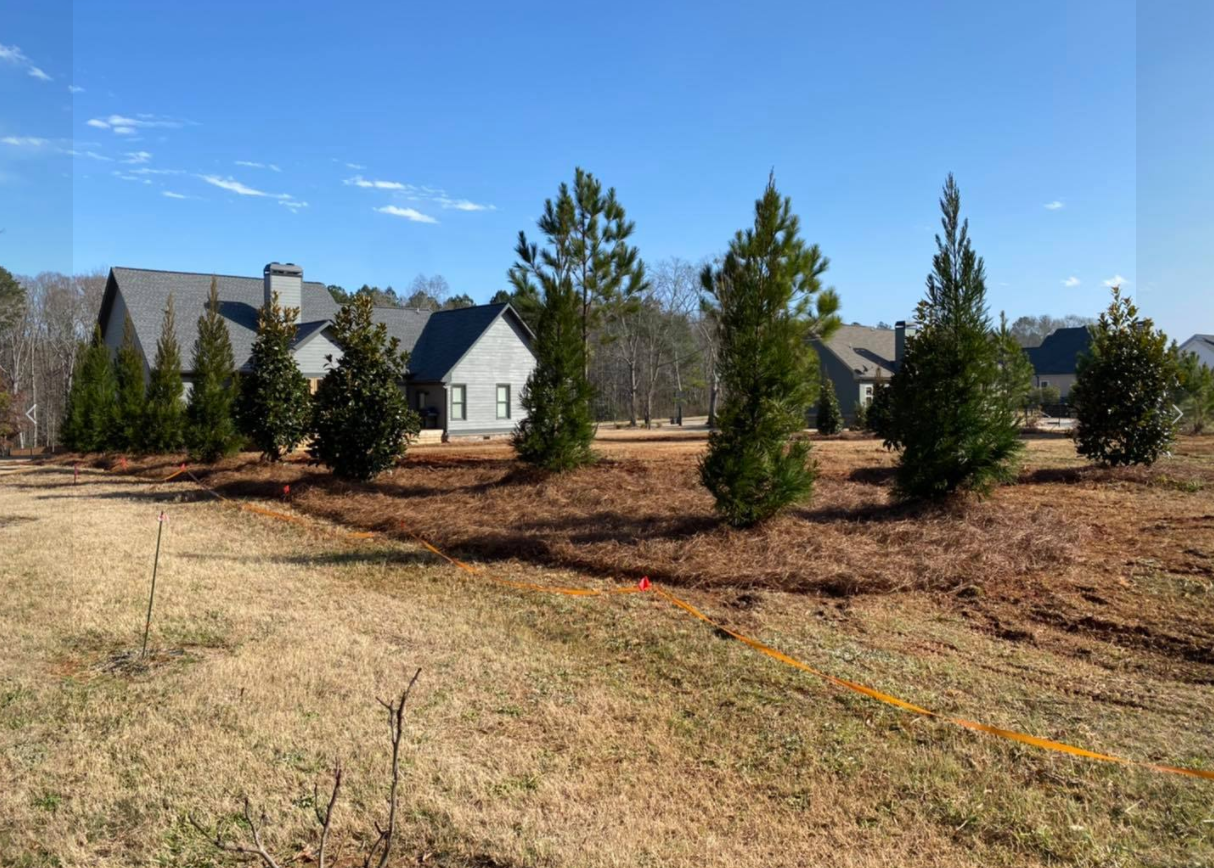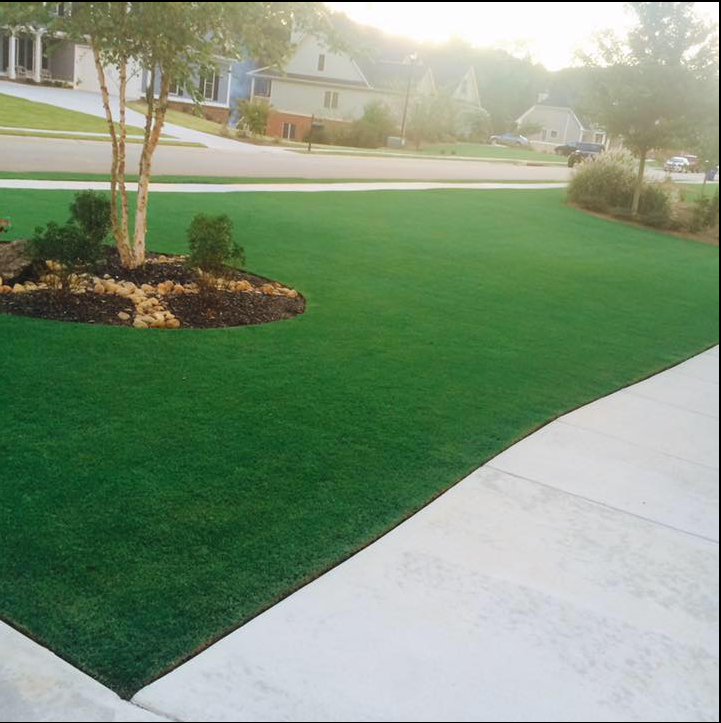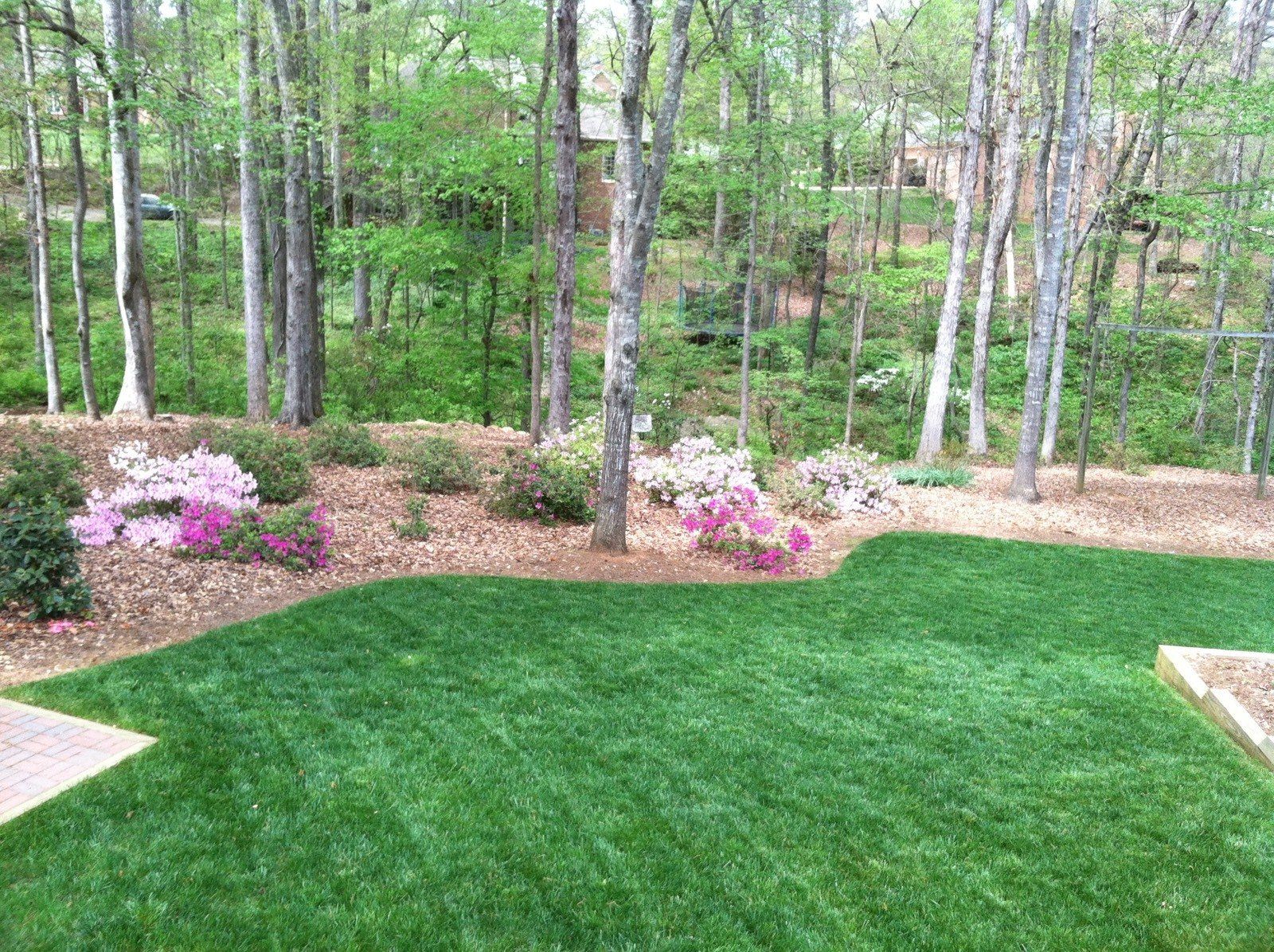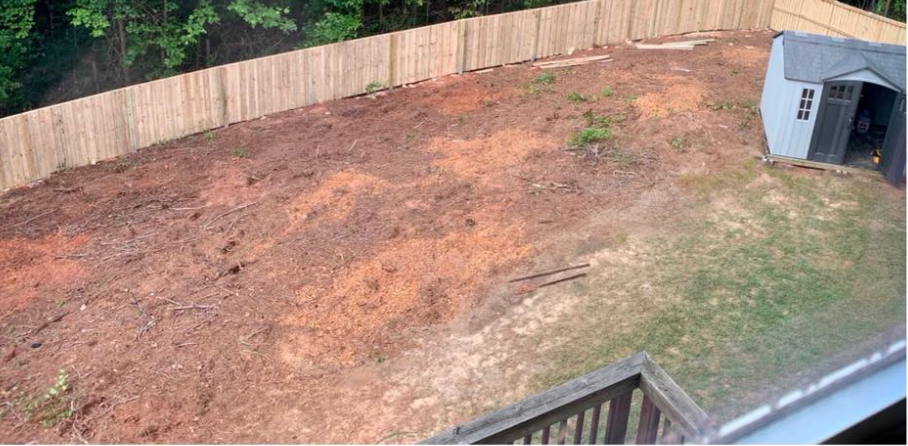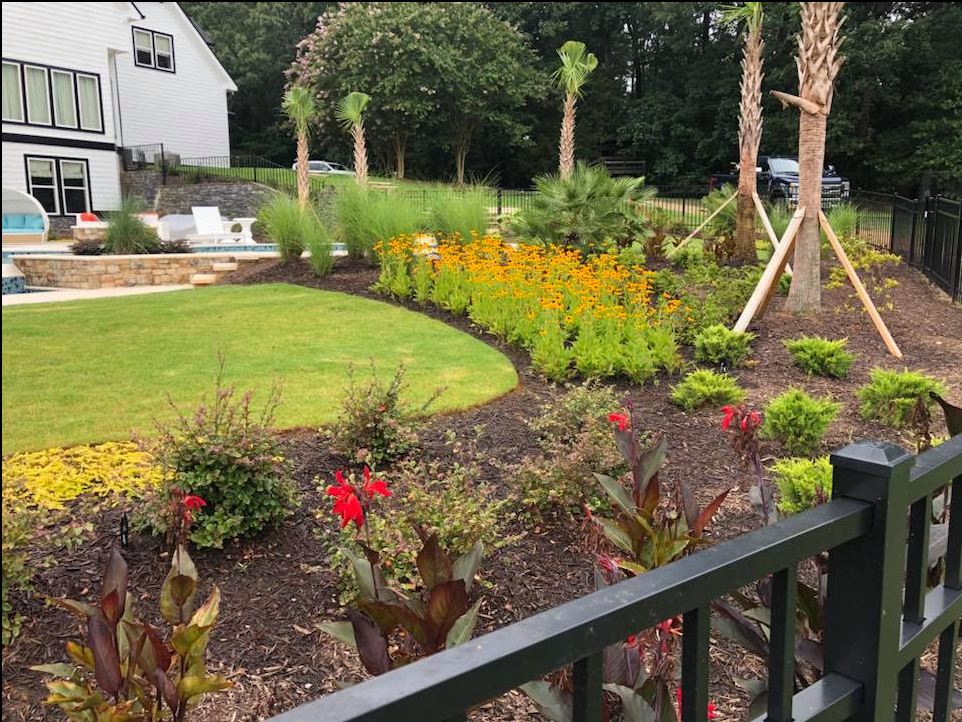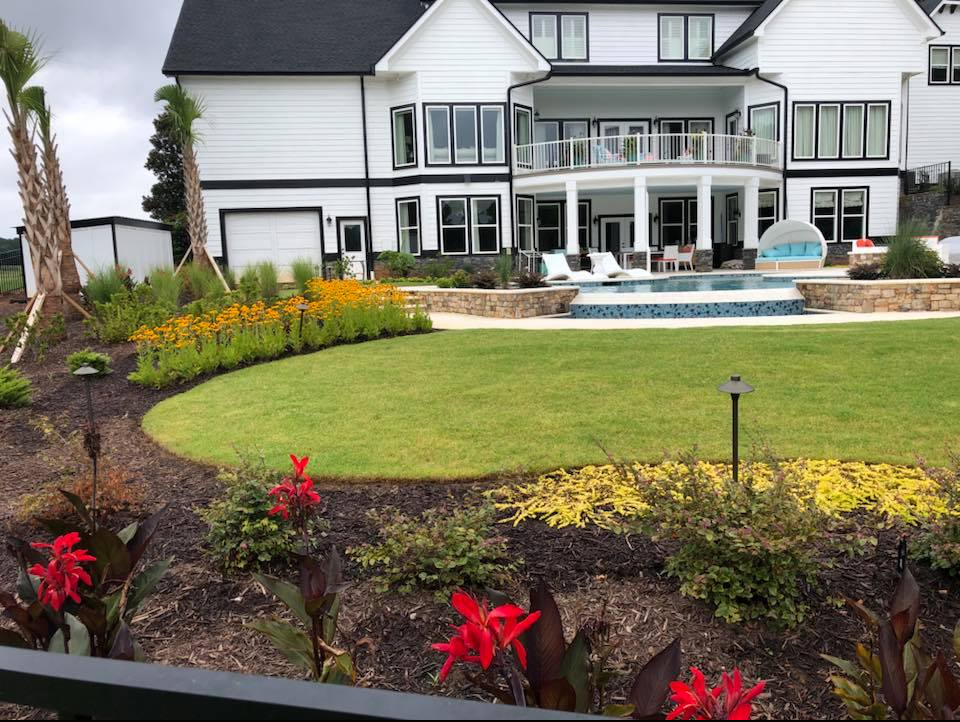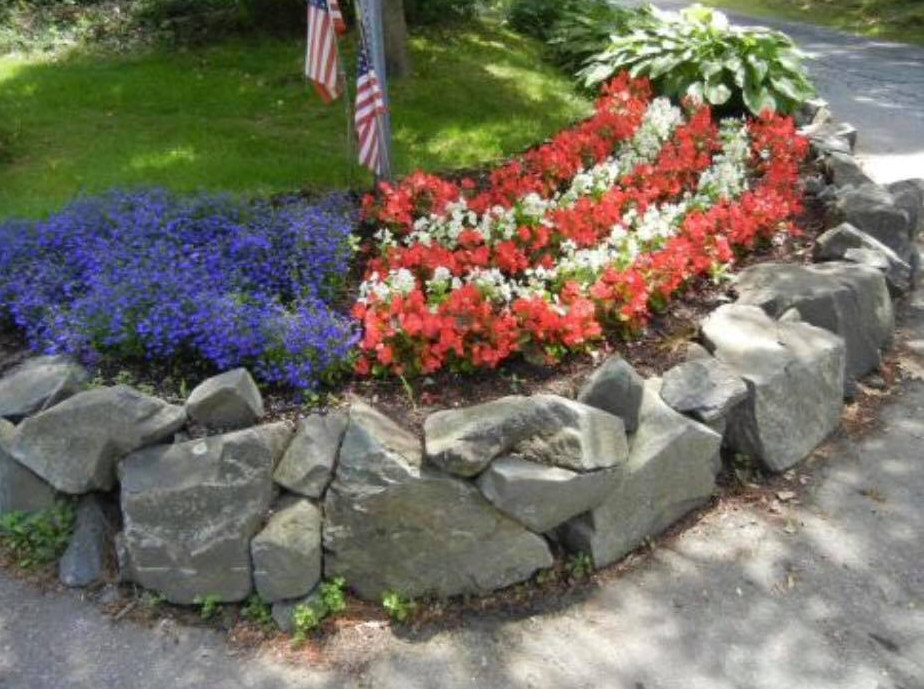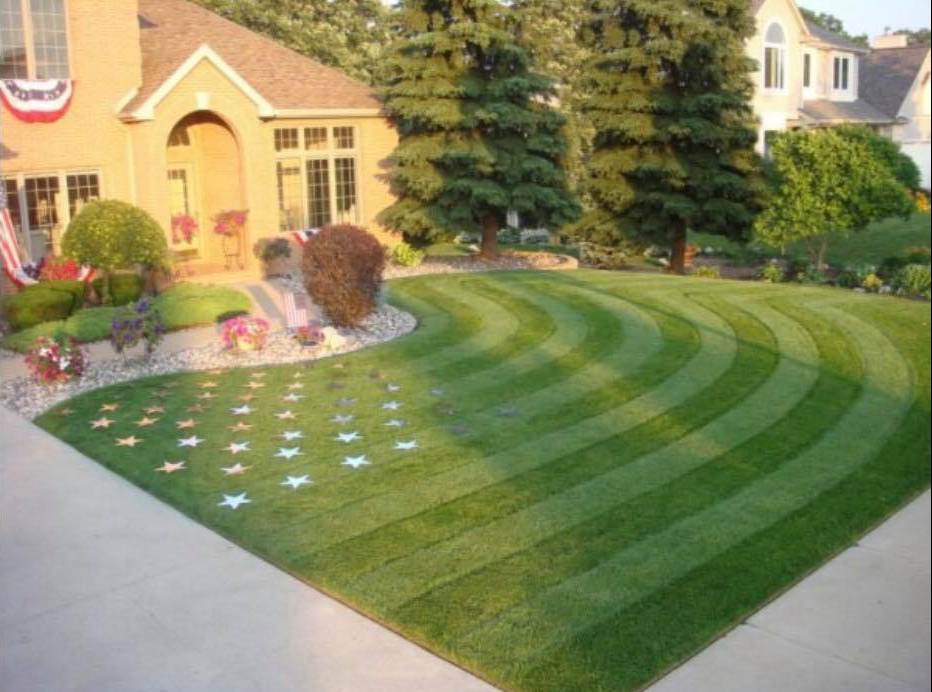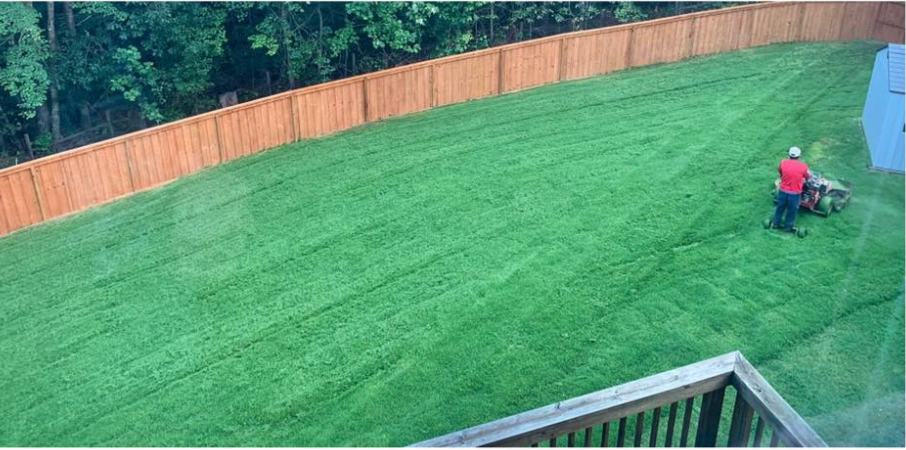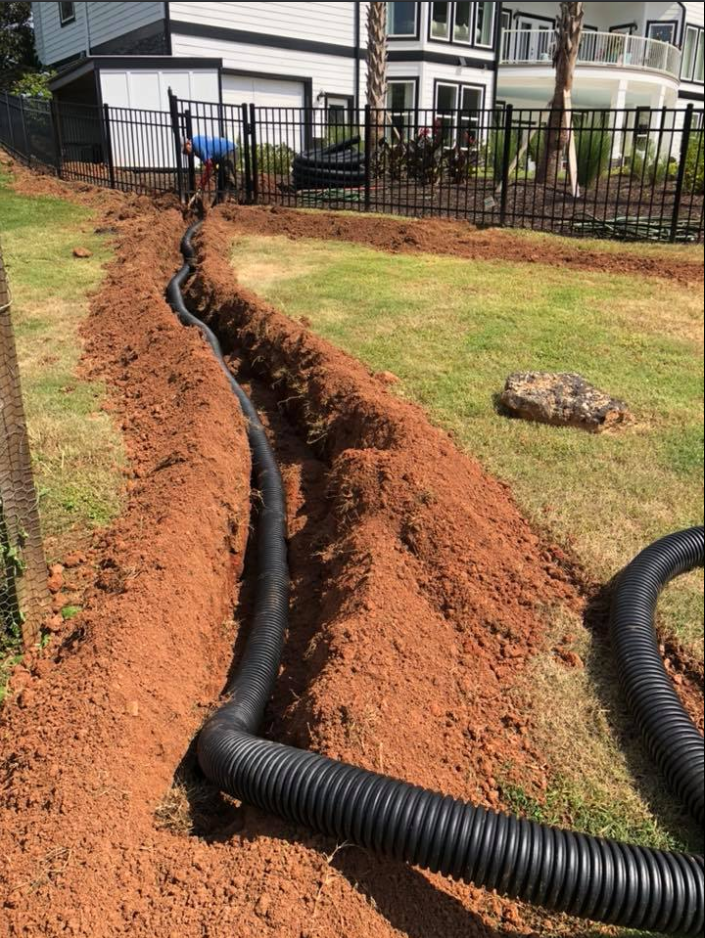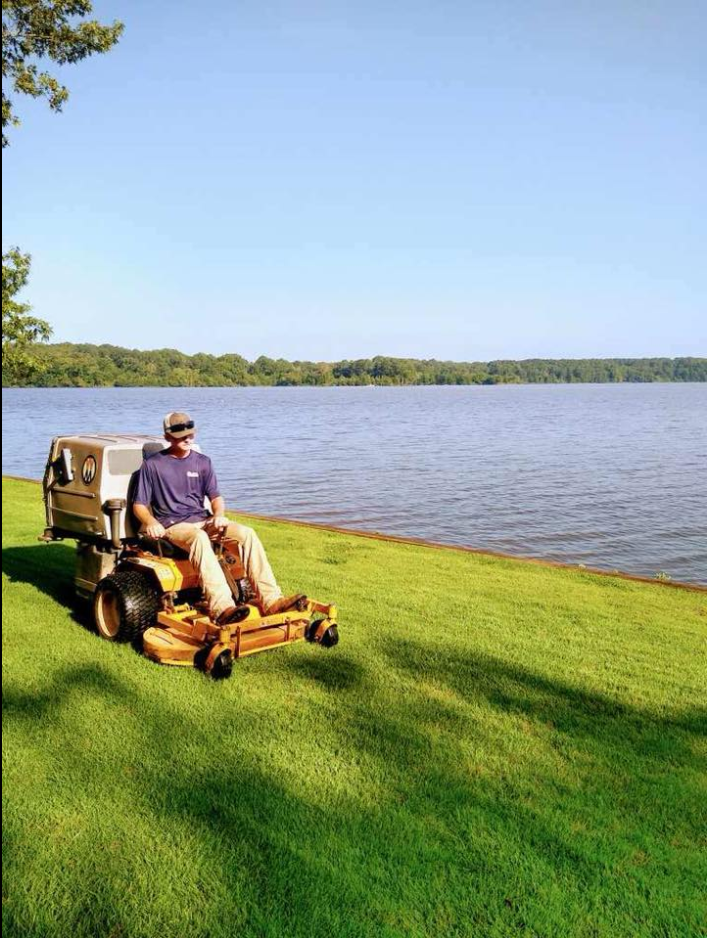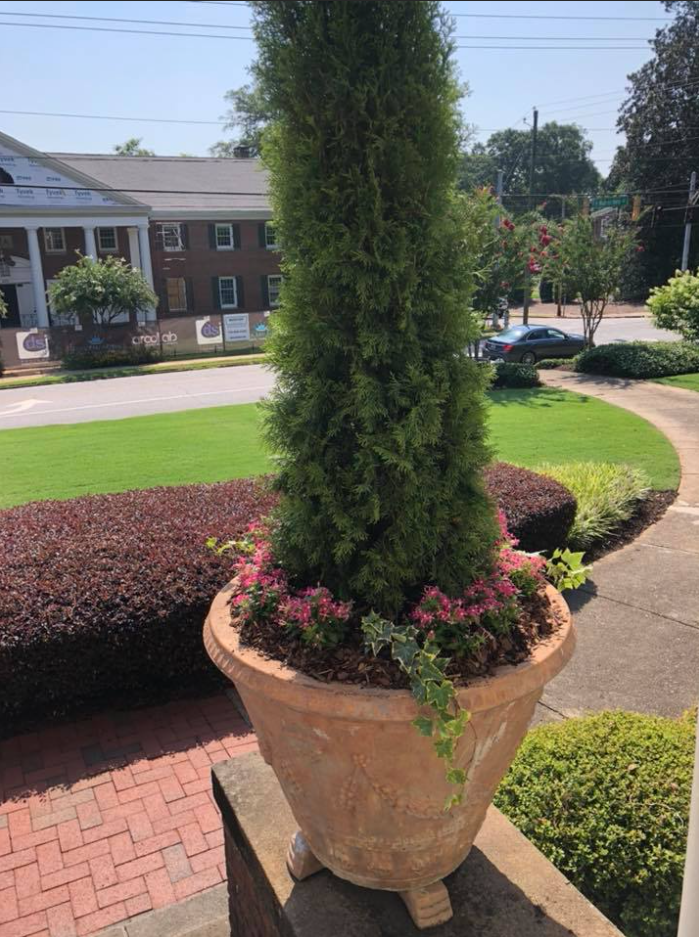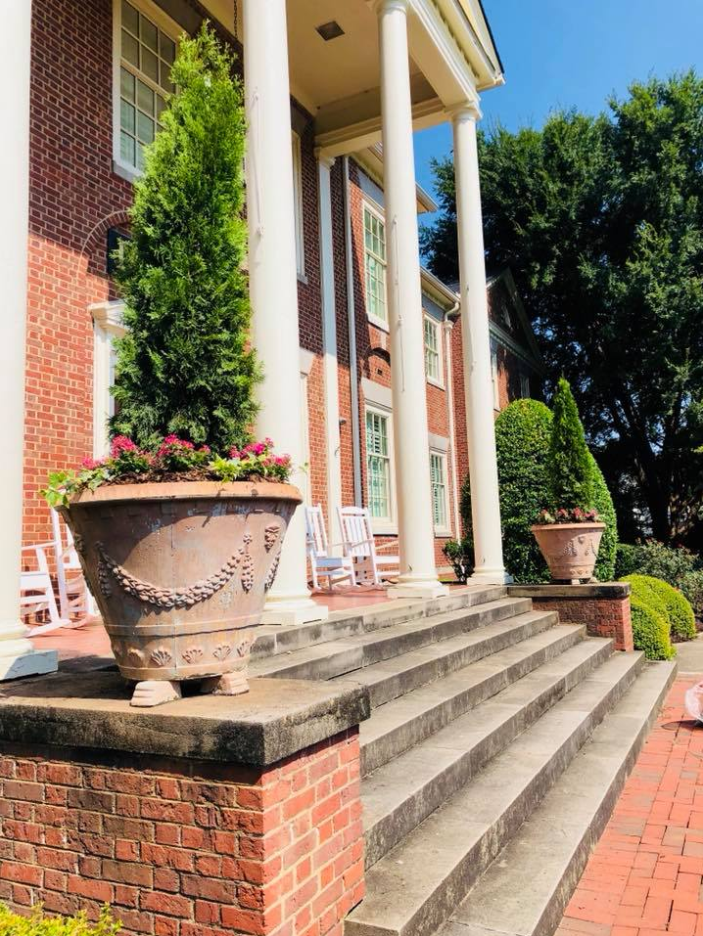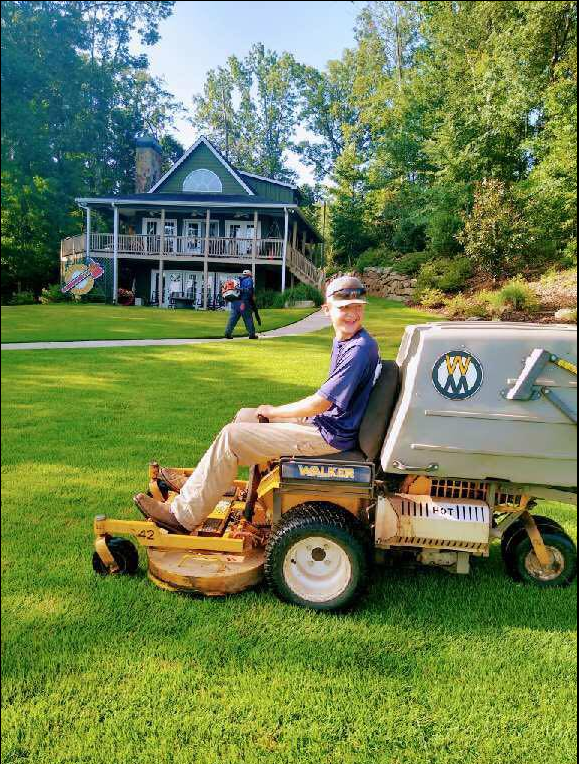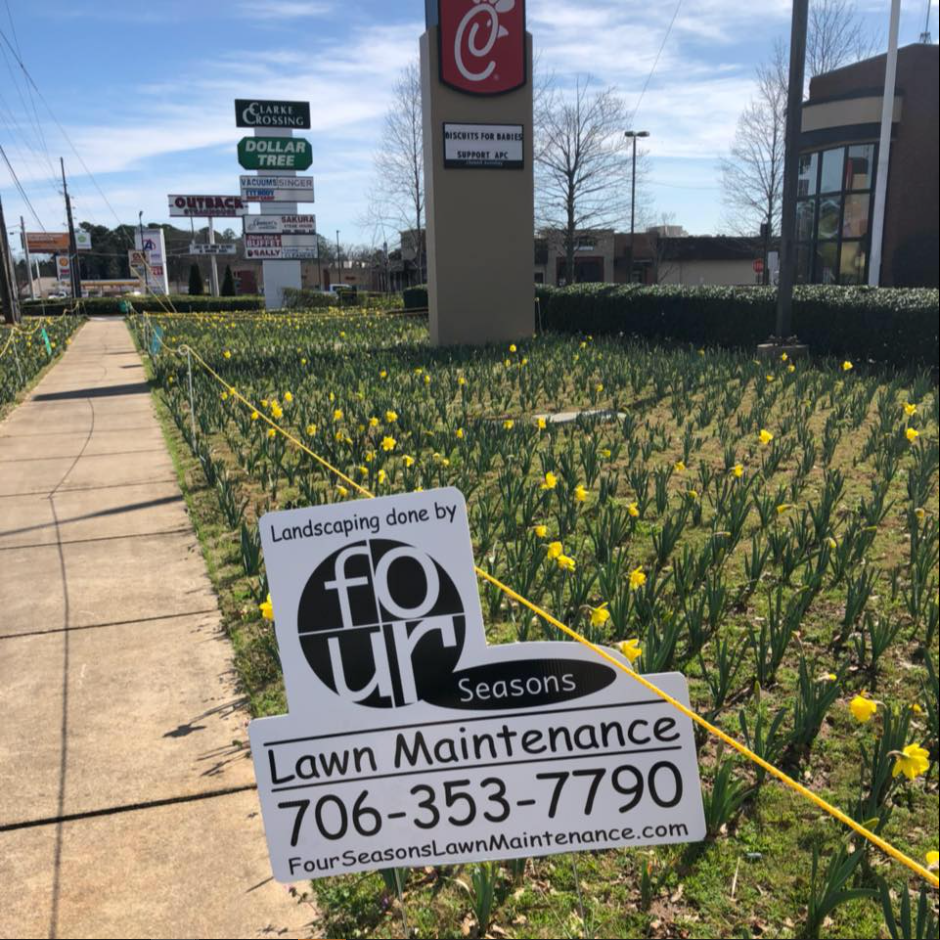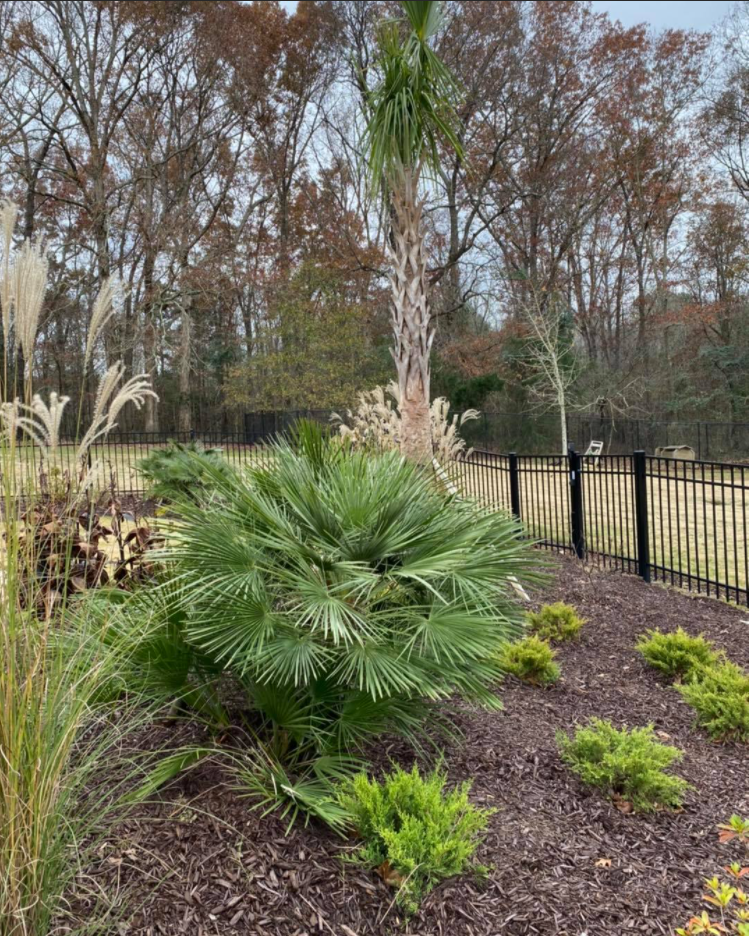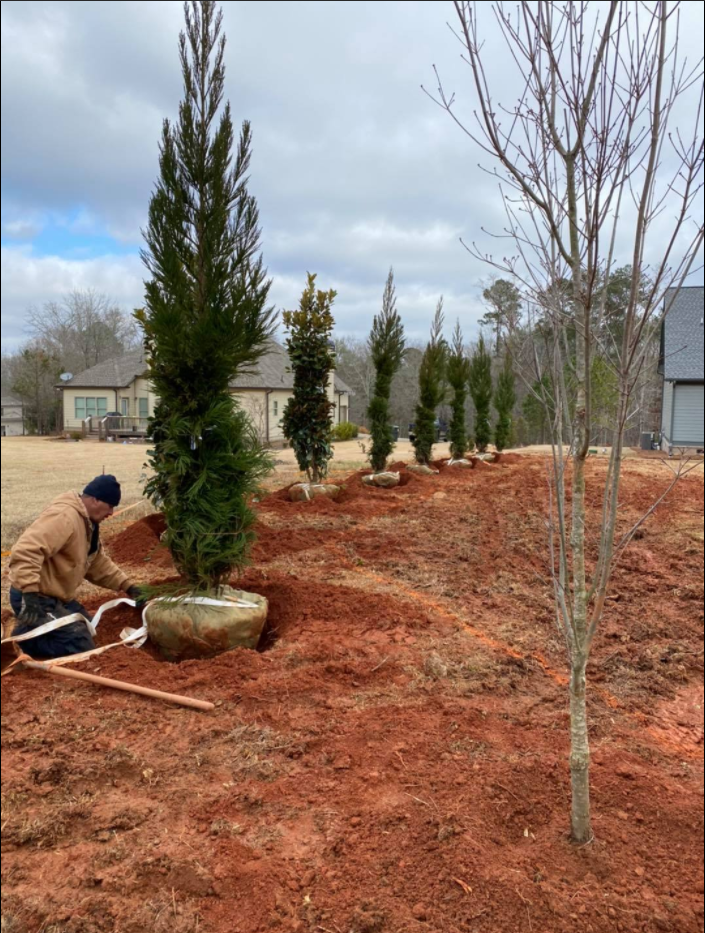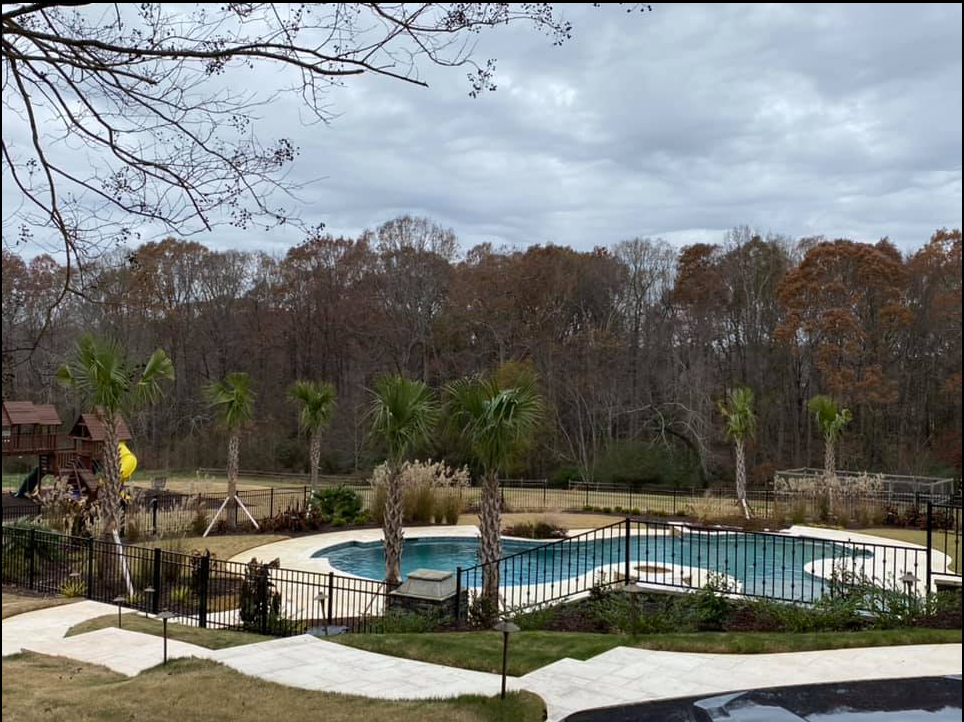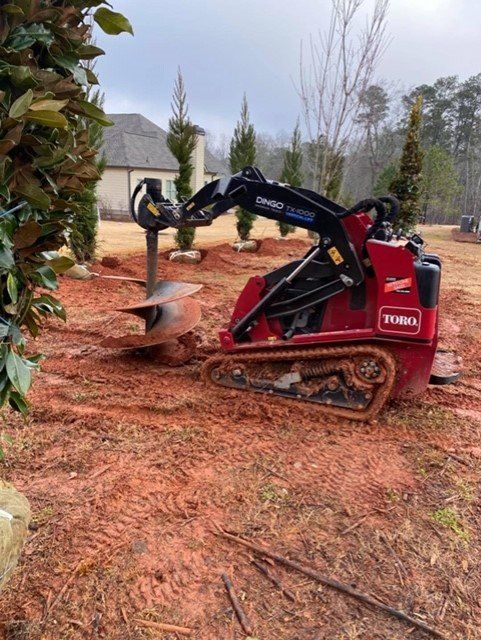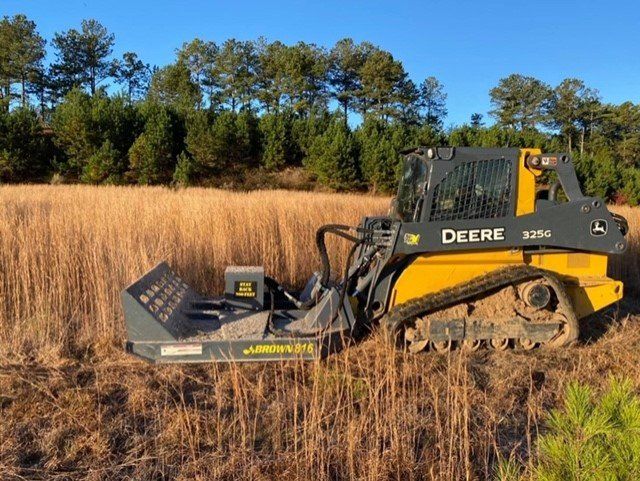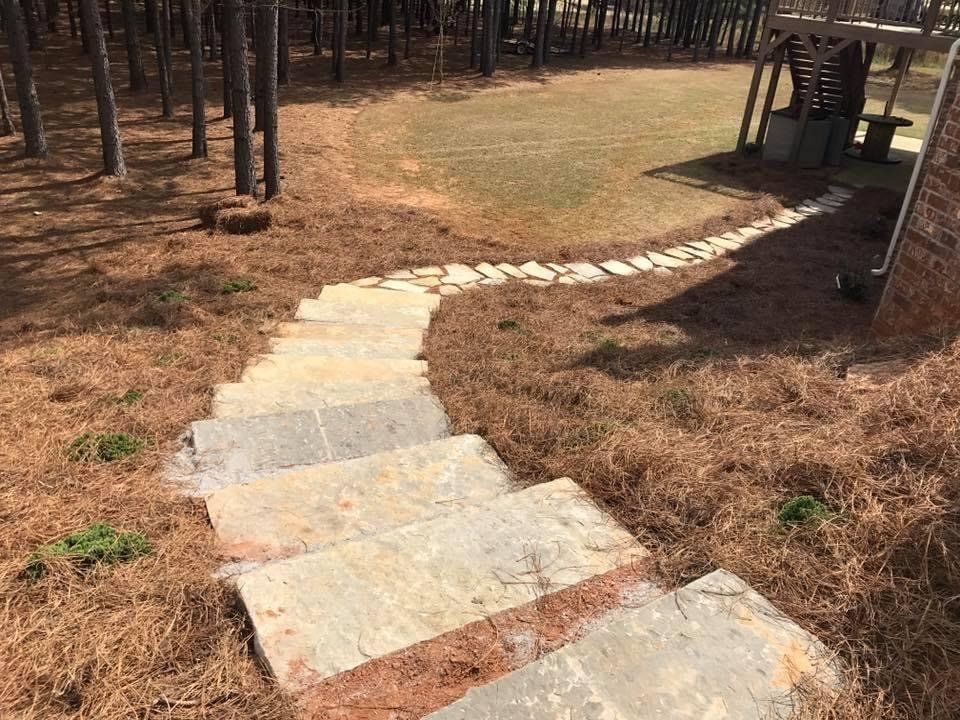TIPS FOR ALL FOUR SEASONS
January- February (winter):
- Good time to plant or transplant any type of shrubs and trees.
- While the trees are dormant, limb up any low hanging limbs.
- Cut back crape myrtles prior to its new growth (6 inches above last years cut).
- Cut back liriope and other ornamental grasses.
- Start cutting your lawn lower each time until spring. This will remove all the dead grass that is there and will help the new grass establish better in spring.
- Remove any leaf/limb debris on the grass areas (if not, you lawn is more likely to have a hard time establishing its new growth in the spring).
- After the leaves are up, it is a good time to mulch or pine straw all the beds. The groundcover will act as a blanket to hold in moisture for the shrubs and trees.
- Apply pre-emergent/post-emergent weed controls. This will aid in the prevention of broad leaf weeds and annual crabgrass.
January- February (winter):
- March: Scalp lawn as low as the mower setting will allow without damaging the root system of the turf (this does not include centipede or fescue grasses).
- De-thatch lawn. This removes all the thatch build up that covers the ground. If it isn’t removed, the new leaf growth of the turf will have a hard time sprouting. Determining the amount of thatch build up a lawn may have, depends if a bagger is used while mowing (recommended) or is discharged back onto the lawn.
- Aerate lawn: the working of the turfs soil without destruction of the turf. (aerate by: coring, slitting, grooving, hole punching, forking, sliding, or spiking).
- Fertilize lawn. This will help ensure a quicker-green up.
April-May:
- Plant annuals, perennials and other bedding plants mid to late April. Planting during this time will help to avoid any more frost.
- With the onset of warmer temperatures, fertilize your lawn to enhance the color of your turf.
- Make sure all of the above is complete by this time. In June it will be too late for any major renovations due to the warmer temperatures.
June-July-August (summer):
- Water lawn. Please review your counties regulations before watering.
- Prune shrubs as needed (if you remove too much it may cause permanent damage to the plant).
- Fertilize your lawn to establish a healthy root growth.
- Spot treat weeds. Too many weeds will damage the existing turf.
- As the summer temperatures begin to get hotter, raise mowing height to prevent scalping.
September-October-November (fall):
- Plant perennials for fall color. Once temperatures cool down, replace warm season annuals with pansies.
- Remove leaf and limb debris at all times.
- This is a good time to install cool season’s grasses (fescue and winter rye). For best results, aerate and fertilize lawn before installation.
- Apply an application of pre-emergent and post-emergent weed control to aid in the prevention of annual winter weeds.
December (winter):
- Plant bulbs for spring growth.
- Cut back all perennials that die after the first frost.
- Remove all leaf and limb debris.
- Plant trees while they are dormant. This will allow the root system to be ready in the spring.
- Cut back shrubs heavily (if needed).
- Apply lime to turf. This conditions the soil and helps balance the ph levels.
